Photo
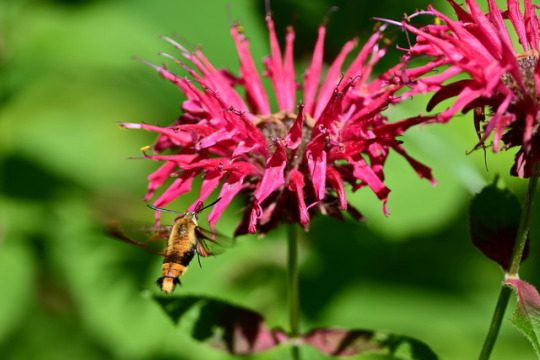


After a good long wait, and surviving my cat’s side-eye because I hadn’t invited her over, the hummingbird clearwing returned to the flowers. This is a big moth that shares a lot of convergent features with hummingbirds. It will hover-feed with it’s super long probiscus (tongue? magical black moth straw?). You can see the tongue rolled up in the first photo and extended in the second. But that doesn’t stop them from shoving their heads right in the flowers if it’ll get them a bigger gulp of nectar.
27 notes
·
View notes
Photo



A hummingbird clearwing has been visiting the red flowers in the cottage garden the last couple of weeks. This morning, the light was (finally) right, and I spotted the little guy in the flowers, so I dashed off to grab my camera. By the time I returned, he’d buggered off to other more interesting flowers. But I knew he’d be back. So, while I waited, I found a much more boring butterfly and a really really loud bee (wasp?) coming to visit. I managed to disrupt the local ruby throat from her breakfast, but she sat for a portrait, which was damn decent of her, considering.
4 notes
·
View notes
Text
My response to the Government of Ontario’s proposed Cormorant cull

This is what I submitted as a response to the Ontario government’s proposal for a cull of double-crested cormorants in the province. I am proud of what I’ve done here, and maybe this can open some eyes to the prejudice levelled at these magnificent animals, and the gross unfairness of it.
I’ve been in love with these birds since I got the rare and exceptional honour to hold a young one during a banding expedition a few years ago. We’d ventured to an island in Lake Huron, just a few rocks, some grass and a spindly bush poked above the waterline. And on this island a small colony of Cormorants, maybe 50 or 60 pairs, nested beside and even smaller colony of great blue herons. I left that day feeling like my first child had been born ... admittedly, a grey down-covered one.
The proposal can be found here: https://ero.ontario.ca/notice/013-4124
My response is below the fold. Please enjoy, and let me know what you think!
Biases
I believe it is important to state my biases before stating my position, so you know where I’m coming from. I am not affiliated with any organization, though I have read a number of responses to this proposal. I am not a hunter, though I do not have a problem with hunting as long as the hunter seeks to use as much of the animal hunted as he or she is able. I am not an animal rights activist, but I believe in conservation, ecology and evolution. I am not a birder, though I do enjoy birding when I get the chance to do it every couple of years. I am not a scientist, but I am a fan of science.
Reasons for the Proposal
The MNRF proposal points out that cormorant populations “declined significantly in the Great Lakes from the 1950s to the 1970s primarily due to environmental contaminants affecting reproduction,” (ERO) and that cormorant populations have rebounded since, and have achieved what appears to be a stable population. That has to be one of the great conservation success stories, isn’t it? So, what’s the problem?
The MNRF proposal also states concerns from “some groups (commercial fishing industry, property owners) and individuals” (ERO) about the impact of cormorant populations on fish and other species populations, island forest habitats, and aesthetics.
Other respondents (Kroc, others in Further Reading) have pointed out that there is no scientific evidence of cormorants impacting fish populations. In fact, since cormorants are a native species, their relationship with their native prey species is balanced by natural ecological processes. In fact, cormorants, being opportunistic with regards to their prey, makes them an important part of any strategy to manage invasive fish species.
So, without knowing what the “other species” are, that leaves the island forest habitats and aesthetics reasons, which are really the same thing, aren’t they? What happens to the trees in arboreal cormorant colonies doesn’t look good. The trees are killed by the nesting birds, leaving guano covered skeletons. But, this happens locally. Normally, the cormorants that nest in a given location return to that location, year after year. If a colony is successful, then new trees next to the old ones might get killed as new nests are established. But in a stable colony, the number of dead trees will not change from year to year. It’s important to point out that this is a natural, native process, and part of the evolutionary processes that act on the trees as well as the cormorants. Labelling a natural process as ugly is grossly anthropocentric.
Method of the Cull
The MNRF proposes to utilize the small game hunters of Ontario to engage in what is ostensibly an open, unrestricted hunt of cormorants. The proposed March to December season is broader than the birds are present in the province. The 50 birds a day limit (with no hold limit) is practically an invitation to shoot as many birds as the hunter wants. This is reckless enough to allow Ontario hunters to easily wipe out all cormorants in Ontario in a single season. For example, if the Ontario Federation of Anglers and Hunters 100,000 members (OFAH) shot an average of 2 ½ birds each, they could wipe out the approximately 250,000 cormorants in Ontario (Kroc). Even if the proposal is amended to restrict the hunt to times outside when cormorants are reproducing (i.e., early spring and fall, as the OFAH proposes), the potential to wipe out the adult population of cormorants in Ontario in a single season with any kind of hunter-based cull remains.
Despite the dire potential of this plan, I believe that an ethically self-interested hunter, when presented with the reality of the relative inedibility of cormorant flesh, won’t bother to spend the cost of a shell and the effort required to set out to shoot and kill even one bird. This would be fine if all the hunters in Ontario are ethically self-interested, which I doubt, considering the OFAH’s largely supportive response to the proposal.
The OFAH, in their response to this proposal, compares cormorant populations to that of snow geese, and by doing that suggests that the proposed daily limits on cormorants is reasonable compared to the 20/day limit on snow geese (50/day in the Hudson/James Bay area) (OFAH), stating that the daily limits on snow geese have yet to have any real impact on the populations of snow geese. This is misleading. The North American population of lesser snow geese is estimated to be 15 million individuals (DU). This dwarfs the population of cormorants. Which seems to beg the question, is a quarter million individuals really an indication of an out-of-control population?
Anecdotal Cautionary Tale
In 2015, the US Army Corps of Engineers began a campaign to control the population of cormorants that nested on East Sand Island at the mouth of the Columbia River near Astoria, OR. This colony was home to more than 16,000 cormorants, the largest in North America at the time, and represented approximately 40% of the cormorant population west of the Rockies. The Corps oiled the eggs in 6 thousand nests and shot more than 5 thousand birds over the following year. In mid-May of 2016, the colony experienced a complete collapse; 16,000 cormorants abandoned their nests and the eggs in them in a single day. Only a few hundred birds returned to the island in 2017. The rest, it is assumed, spread up-river and established new colonies (CBD).
This case illustrates one, probably unintended, consequence if this, or even an amended cull, is enacted: colony abandonment. Without the cull, cormorants will return to the colonies they went to the previous year. With a stable population of cormorants in Ontario, these colonies will not change, nor will new colonies likely be established. However, if even one colony is abandoned, new colonies will be established to replace it the following year. So, if aesthetics is really a valid reason (perhaps the only potentially valid, if morally questionable, reason left after the other ones have been demonstrated scientifically to be invalid), instigating the proposed cull will very likely result in more colonies being established.
The Real Reason?
The East Sand Island colony of cormorants used to be the largest in North America. Now that honour belongs to the colony in Tommy Thompson Park. That number of cormorants positioned next door to millions of people must look like cormorant populations are completely out-of-control. It’s natural for humans to look at a thing and assume that all other things like it are the same. In this case, however, humans would be wrong. The colony in Tommy Thompson Park is big, bigger than the East Sand Island colony ever was. The damage to the forest of the park is easily visible from various yacht clubs, Cherry Beach and the Toronto Islands. Rather than being celebrated for the amazing feat of nature that the colony represents, people complain about the dead, unsightly trees.
I’m certain the OFAH would also back down from its position, once they can be shown that cormorants not only do not affect fish stock levels, but are a part of the natural life-cycle of those fish, increasing the evolutionary viability of those species. A cormorant colony should be a welcome sight to an angler, since its presence indicates a thriving fish population, for without the fish, there wouldn’t be a colony.
An Alternative Proposal
The scapegoating of native species is an old world, imperial, father-knows-best practice. There is no scientific evidence to support the cull, or the reasons given for it. Yet, the stereotype of cormorants as fish guzzling monsters persists. Which is strange, since there are many different piscivorous bird species in Ontario. Is the prejudice because cormorants are black? Is it because of their unsightly tree nesting colonies? Regardless, it is unfairly bestowed.
I suggest, as an alternative to the proposed cull, an education program aimed at the individuals and groups that believe that cormorants are pests. Present them with the research on the lack of impact of cormorant populations on fish stock levels. Talk about evolutionary and ecological processes and the web of predation that sustains the dynamic populations of native species, stabilizing their populations over time. And, especially, make sure they realize the conservation miracle that allowed cormorant populations to recover after DDT ceased to be used. And maybe statements about how cormorant populations have exploded since the 1970s will said only in celebration of how humans saved cormorants from the brink of extinction.
Cited Sources
ERO: Ministry of Natural Resources and Forestry, “Proposal to establish a hunting season for double-crested cormorants in Ontario”, https://ero.ontario.ca/notice/013-4124, downloaded 2019-01-03.
Kroc: Edward Kroc, “The Government of Ontario proposes a Double-crested Cormorant hunt that could easily eradicate the species from the Great Lakes in a single year”, https://ekroc.weebly.com/blog/the-government-of-ontario-proposes-a-double-crested-cormorant-hunt-that-could-easily-eradicate-the-species-from-the-great-lakes-in-a-single-year, downloaded 2019-01-03.
OFAH: Lauren Tonelli, “ERO Number 013-4124: Proposal to establish a hunting season for double-crested cormorants in Ontario”, Ontario Federation of Anglers and Hunters, https://www.ofah.org/wp-content/uploads/2018/12/ERO-013-4124-cormorants-002.pdf, downloaded 2019-01-03.
DU: Dale D. Humburg, “Light Goose Dilemma: Despite increased harvests, populations of these Arctic-nesting geese continue to grow”, Ducks Unlimited, http://www.ducks.org/conservation/national/light-goose-dilemma, downloaded 2019-01-03.
CBD: “Video Highlights Federal Agencies' Relentless Slaughter of Oregon Cormorants”, https://www.biologicaldiversity.org/news/press_releases/2018/oregon-cormorants-04-05-2018.php, downloaded 2019-01-03.
Further Reading
G. Fraiser, “Proposed cormorant hunt Dec 2018”, http://gsfraser.blog.yorku.ca/research/conservation/proposed-cormorant-hunt-dec-2018/, downloaded 2019-01-03.
Natalie Nanowski, “Not many people like cormorants, but should hunters be allowed to kill 50 birds per day?”, CBC, https://www.cbc.ca/amp/1.4933928, downloaded 2019-01-03.
Christian Paas-Lang, “Ontario government proposes hunting season for cormorants”, Globe and Mail, https://www.theglobeandmail.com/amp/politics/article-ontario-government-proposes-hunting-season-for-cormorants/, downloaded 2019-01-03.
Kate Harries, “Tories’ plan for cormorants is unethical”, Toronto Star, https://www.thestar.com/opinion/letters_to_the_editors/2018/12/12/tories-plan-for-cormorants-is-unethical.html, downloaded 2019-01-03.
Mark McNeil, “Nature not bullets should control cormorants, McMaster biologist says”, Hamilton Spectator, https://www.thespec.com/news-story/9059210-nature-not-bullets-should-control-cormorants-mcmaster-biologist-says/?fbclid=iwar2j2jjoa0fnoj2yfiovidsng417mob7rh6ixlbpdeea7am2__4aqpksvxy&utm_source=foca+elert+december+2018&utm_campaign=elert+dec5+2018&utm_medium=email, downloaded 2019-01-03.
Bird Studies Canada response, “Response to Proposed Hunting Season for Cormorants in Ontario”, https://www.birdscanada.org/news/response-to-proposed-hunting-season-for-cormorants-in-ontario, downloaded 2019-01-03.
Angela Brooks, “Re: MNRF Proposal to Allow Open Season Hunting on Double-crested Cormorants”, Toronto Ornithological Club, https://toc.wildapricot.org/resources/Documents/DCCO%20Letter%20to%20MNRF.pdf, downloaded 2019-01-03.
Ontario Field Ornithologists (OFO) Response to ERO 013-4124. Document emailed as PDF.
4 notes
·
View notes
Photo
Thank you, @forestmood! Your reblogs have brought a lot of welcome attention to my dusty corner of tumblr! And especially thank you for reblogging this post. It's definitely my favourite photo from my journey!
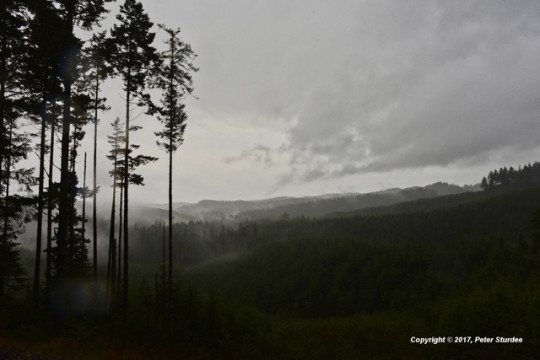
It surprised me how much of the coast highway isn’t actually along the coast. I had this romantic idea that it just cut its way along the shore a handful of metres above the ocean. But, it does cut inland from time to time, and climb its way over and around the coastal mountains.
127 notes
·
View notes
Photo

Route 1 splits from Highway 101 for a few kilometres between Santa Barbara and Ventura. And when I passed on this day of Santa Ana winds, there was a solid line of motor homes parked and set up along its entire length. I’d never seen anything like that. As I rejoined Route 1 after Oxnard, I saw this pattern repeated, just with more passenger cars.
Anyway, my adventure is all but over. I’m waiting for my plane to take me home. I had to wait this long, I guess, to finally get my plane slotted into this chimera of a vacation.
I wish I had had more time.
#photography#photographers on tumblr#photography on tumblr#original photographers#adventure#california#coast
8 notes
·
View notes
Photo


The gulls down in SoCal have dark backs, and favourite rocks, apparently. These two both returned to the rocks I found them on after I spooked them away.
#photography#photographers on tumblr#photography on tumblr#original photographers#adventure#california#coast#gull#birds
9 notes
·
View notes
Photo

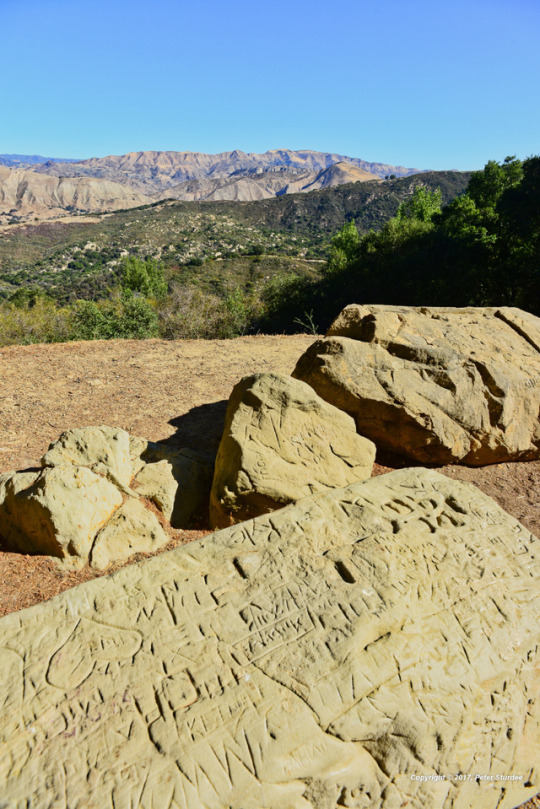
When I left Solvang in the morning, two cups of coffee in me, I decided to head overland through the San Marcos Pass. This took me through a much more deserty part of California. I passed mesquite and prickly pear cactus. Everything was hot and dusty.
#photography#photographers on tumblr#photography on tumblr#original photographers#adventure#california#san marcos pass
9 notes
·
View notes
Photo


After waiting almost a half hour for someone to come and take my order at a restaurant in Big Sur, I decided to head on without. I passed a sign telling me that the road was completely blocked due to construction 20 miles ahead -- with no detour. But, since I’d probably already gone 30 or more miles down a road without a turn, I headed on.
I grabbed some scraps of maps from Google -- there isn’t so much cell coverage out there. It looked like there was a road that went over the mountains just inside Limekiln State Park. Google is telling me that it’s called Monterey Co. Rte. 4004, at least for the first part of it. I found it, and read the long sign warning that the army base up the way might delay folks going through the base, or completely block them from going forward at all. Bah, I thought, I’m going to risk it! And off I went.
The road twisted insanely as it climbed up the side of the steep coastal mountain. This was the driving I’d signed up for! I mean, going 65 mph down Route 1 just felt wrong whenever I did it.
At the top of the climb was a state park with a campground. After that, a small plateau that led over to the edge of the army base. There was a strange, almost bodged-looking detector array in an arch over the road entering the base, covered with a plastic tent. Later, I’d notice another one over the other end of the road.
The base, Fort Hunter Liggett, had all kinds of ranges set up with towers and half-walls. There was also a really cool looking obstacle course.
But, the road took me over the mountains and back to Highway 101, and, as the day was wearing on, headed to Solvang for the coolest room of the night, and a beer garden for dinner.
#photography#photographers on tumblr#photography on tumblr#original photographers#adventure#california#mountains
6 notes
·
View notes
Photo
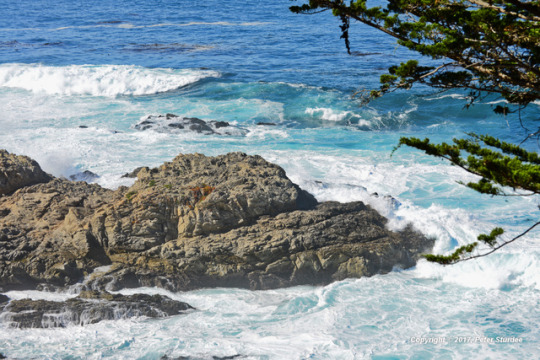

I stopped briefly and walked down to the beach at Carmel-by-the-Sea. It was crazy hot, but not abusively so. But, it was full of people and I didn’t find anything cool to take pictures of. So, I headed on down Route 1 and stopped at this view point just south of the town.
#photography#photographers on tumblr#photography on tumblr#original photographers#adventure#california#carmel-by-the-sea#coast
6 notes
·
View notes
Photo
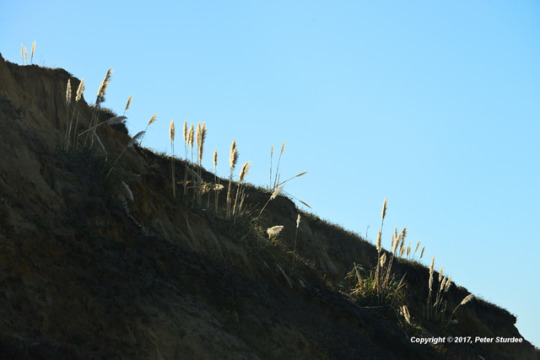
When I came upon my first “road work/one lane only” stop light, I didn’t quite grok how much the road work on Route 1 was going to impact my day. But the tall grass was beautifully back-lit, so, snappity-snappity!
#photography#photographers on tumblr#photography on tumblr#original photographers#adventure#california#coast#tall grass
4 notes
·
View notes
Photo
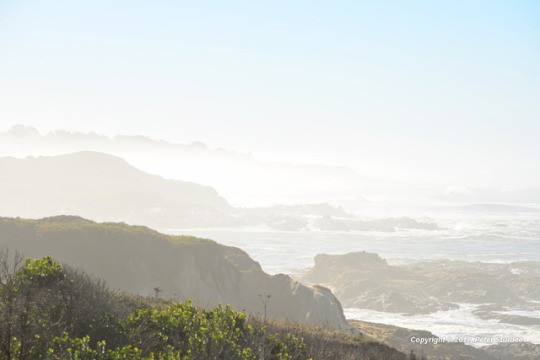
I spent Monday night in Half Moon Bay at a motel on the highway. It was a nice room, but the location was completely uninspiring. So, I hit the road as soon as I had breakfast in me. Tuesday’s targets were Carmel-by-the-Sea and Big Sur, and a profound hope to make it as far as Santa Barbara.
As I headed up the coast, on a fast part of Route 1, that wonderful morning sun was making the mist on the coast all so beautiful.
#photography#photographers on tumblr#photography on tumblr#original photographers#adventure#california#coast#sunrise#mist
6 notes
·
View notes
Photo

This is a pinecone.
#photography#photographers on tumblr#photography on tumblr#original photographers#adventure#california#pinecone
4 notes
·
View notes
Photo

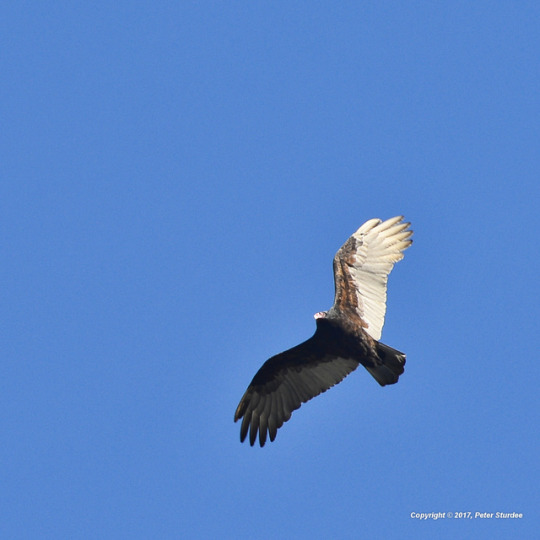


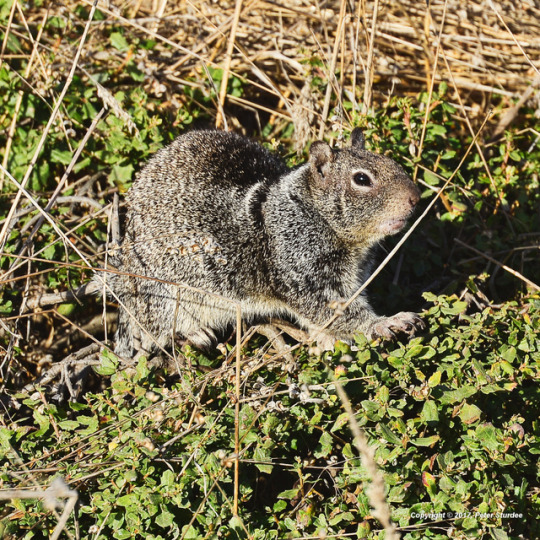
There were many birds and other critters to be found on the way. Hawks and vultures were all over the highlands. There were sparrows and other small birds in the bushes. I found some kind of small grey groundhog in the grass behind the hotel in Fort Bragg, and the cutest (2 cm) lizard just behind where I had lunch.
#photography#photographers on tumblr#photography on tumblr#original photographers#adventure#california#coast#birds#critters
4 notes
·
View notes
Photo


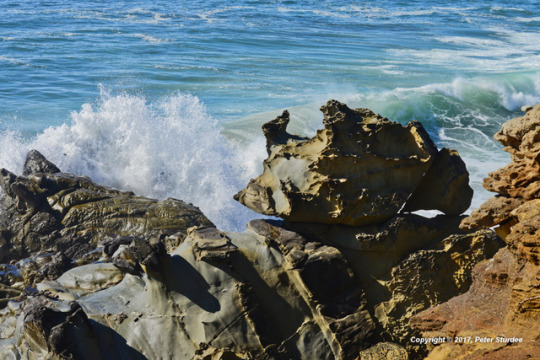
I stopped at a roadside market and picked up some picnic supplies and then headed out to find a place to eat in Mendocino Headlands State Park. I plunked myself down at the end of the point shown in the first picture. The waves crashed in and threw up towering sprays, sometimes over my head in height. I think it was dramatic enough for lunch.
The point had a lot of sandstone in it, and those stones eroded into some pretty cool honeycomb-like patterns.
#photography#photographers on tumblr#photography on tumblr#original photographers#adventure#california#coast#ocean waves
4 notes
·
View notes
Photo


On Monday, I kept driving south along California Route 1 -- the Pacific Coast Highway. It wasn’t as intense an experience as Sunday night’s initiation, but there were a few parts with crazy turns to keep me excited!
#photography#photographers on tumblr#photography on tumblr#original photographers#adventure#california#coast
3 notes
·
View notes
Photo

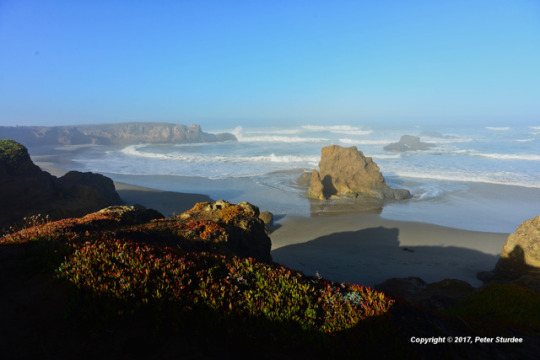


On Monday morning, I woke up in Fort Bragg, and having missed breakfast, I decided to walk out to the bluffs behind the hotel instead. The early morning sun provided some wonderful light to the coastline.
#photography#photographers on tumblr#photography on tumblr#original photographers#adventure#california#fort bragg#sunrise#mist
4 notes
·
View notes
Photo

I stopped in Fort Bragg on Sunday night, after winding my way along the top end of the California Route 1 (the coastal highway). That drive alone has made this whole trip worthwhile.
It was after dark (after 8) once I got settled in my room, but I hadn’t had any dinner, yet. I decided to walk into “downtown” Fort Bragg to see if I could find any place that still had an open kitchen. It’s dark there, at night. And that night the sky was clear and I could look up and see the milky way splash across the sky. I could also watch the crescent moon turn red as it fell towards the horizon. Just beautiful!
I eventually found some amazing thin crust pizza and craft beer at Piaci. Very cozy, very friendly and full of awesome tastes!
After dinner I wove my way back to the hotel, grabbed my camera and took this inexpert picture of the milky way on the top of the bluffs just to the west of my hotel.
#photography#photographers on tumblr#photography on tumblr#original photographers#adventure#fort bragg#california#milky way
88 notes
·
View notes